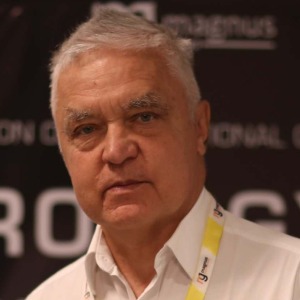Self-monitoring
Self-monitoring in neurology studies involves the collection of patient-generated data on a range of healthcare situations that occur in everyday living. This includes information on: physical activity levels, feelings of stress or depression, changes in medication inefficacy, medications taken, symptoms of medications, diet, sleep patterns, activity limitations, reported cognitive impairment or change in sensation, as well as symptom fluctuations or neurological changes. This data can help researchers to better understand the behavior of patients and to determine the effects of different treatments or therapies. One method of self-monitoring includes using tracking apps on mobile phones for activity levels, diet, sleep patterns and other physical characteristics. These apps track data such as frequency, duration, intensity and quality of physical activity, rest time, blood glucose levels, BMI, heart rate and blood pressure. Additionally, it allows users to take pictures or videos of their symptoms, as well as note any changes in behavior. Such detailed information assists researchers in the analysis of neurological conditions or treatments in studies. Another method of self-monitoring used in neurology is accelerometry—the use of miniature accelerometers for recording physical activities such as walking, stair climbing and other daily living activities. Advantages of this type of monitoring include improved accuracy in the determination of physical activity patterns and intensity levels. Additionally, accelerometry can provide information on the spatial and temporal characteristics of the movement, such as the number of steps taken throughout the day and distance covered. This increased understanding of physical activity behaviors can provide insight into disease management and the efficacy of treatments in neurology. The combination of self-monitoring tools has improved the illness self-management and quality of life for patients with chronic neurological diseases, as they can easily monitor their own symptoms and progress. By providing detailed data on physical activity, stress levels, diet, sleep patterns, medications, and other key elements of a patient’s health, self-monitoring can also assist researchers in the monitoring and analysis of neurological conditions and treatments.

Ken Ware
NeuroPhysics Therapy Institute, Australia
Robert B Slocum
University of Kentucky HealthCare, United States
Yong Xiao Wang
Albany Medical College, United States
W S El Masri
Keele University, United Kingdom
Jaqueline Tuppen
COGS Club, United Kingdom
Milton Cesar Rodrigues Medeiros
Hospital Santa Casa de Arapongas, Brazil




Title : Perception and individuality in patient cases identifying the ongoing evolution of Myalgic Encephalomyelitis/Chronic Fatigue Syndrome (ME/CFS)
Ken Ware, NeuroPhysics Therapy Institute, Australia
Title : Narrative medicine: A communication therapy for the communication disorder of Functional Seizures (FS) [also known as Psychogenic Non-Epileptic Seizures (PNES)]
Robert B Slocum, University of Kentucky HealthCare, United States
Title : Rabies: Challenges in taming the beast
Alan C Jackson, University of Calgary, Canada
Title : Neuro sensorium
Luiz Moutinho, University of Suffolk, United Kingdom
Title : Traumatic Spinal Cord Injuries (tSCI) - Are the radiologically based “advances” in the management of the injured spine evidence-based?
W S El Masri, Keele University, United Kingdom
Title : Personalized and Precision Medicine (PPM), as a unique healthcare model through biodesign-driven biotech and biopharma, translational applications, and neurology-related biomarketing to secure human healthcare and biosafety
Sergey Victorovich Suchkov, N.D. Zelinskii Institute for Organic Chemistry of the Russian Academy of Sciences, Russian Federation